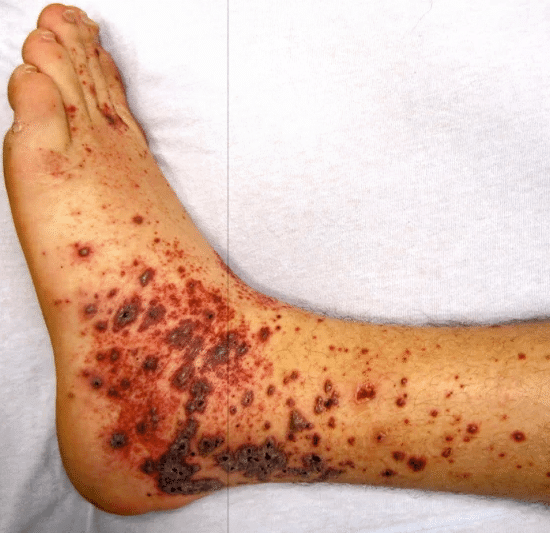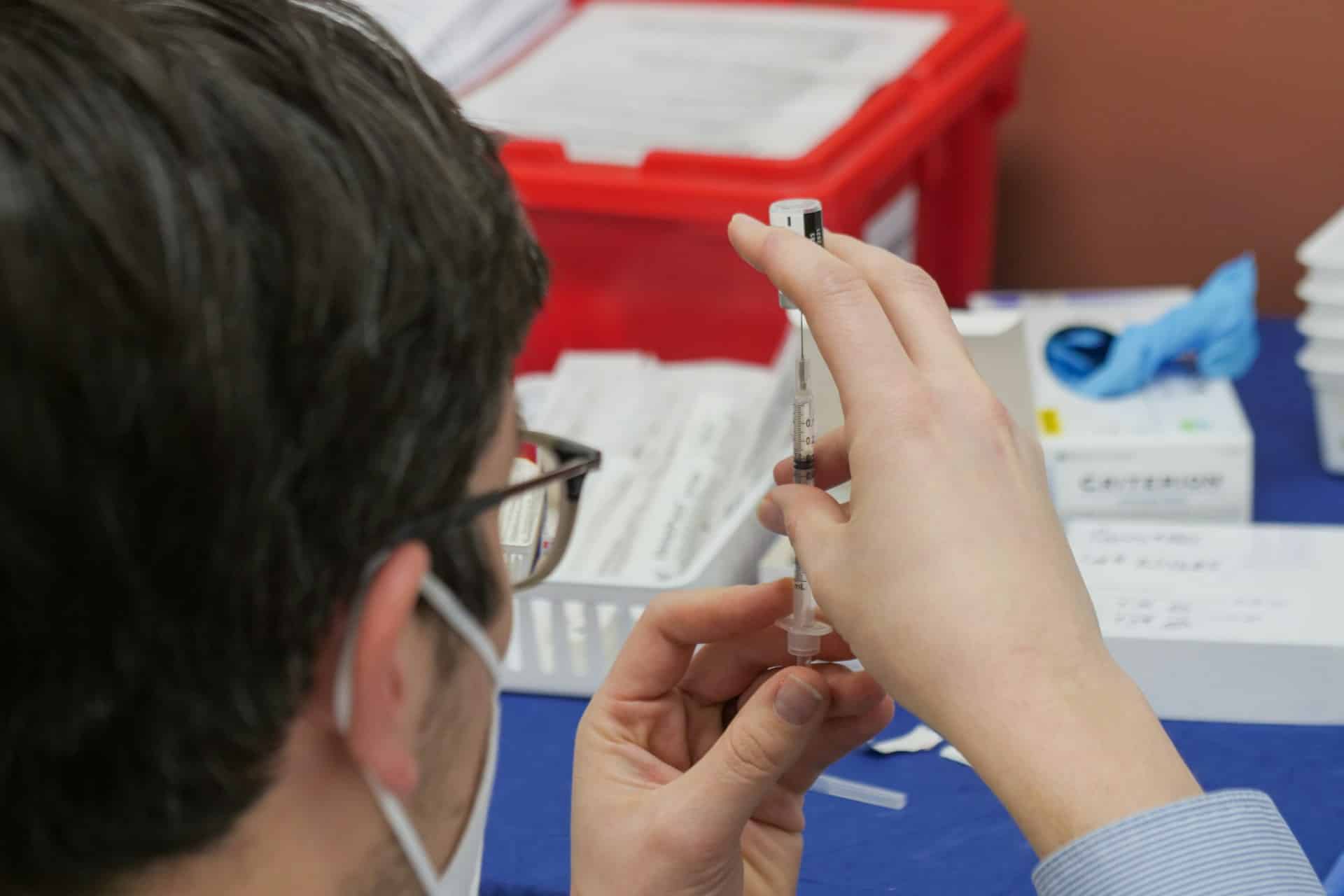Background: A male, aged 72, presents to the nephrology clinic with a non-blanching rash on his legs.
The lesions are purple, and they do not fade when pressed with the finger. His blood pressure is elevated, and his creatinine is also elevated above baseline. The u/a reveals protein and blood, consistent with a glomerulonephritis. Serologies are negative, including: MPO-ANCA, PR3-ANCA, ANA, SSA, SSB, and Rheumatoid factor. Peripheral eosinophils are negative. Urine albumin/creatinine ratio is 352.
Collaboration with the patient’s team occurs regarding best practices. The primary provider, nephrologist, dermatologist and rheumatologist, using shared decision making, decide the best next step is to perform a skin biopsy which reveals deposits of IgA and leukocytoclastic vasculitis.

Please answer the following questions:
Of the following options, which diagnosis is most likely?
* Subacute cutaneous lupus erythematosus
* Microscopic polyangiitis
* Eosinophilic granulomatosis with polyangiitis
* Polyarteritis nodosa
* IgA vasculitis
IgA vasculitis
IgA vasculitis can occur in adults, but it is more common in children.
A
True
B
False
A True
IgA vasculitis is always a mild condition with no severe complications.
A
True
B
False
B False
In men older than 50 years, IgA vasculitis is linked to an increased risk of myelodysplastic syndrome or solid tumors.
A
True
B
False
A True
Eosinophilic granulomatosis with polyangiitis is a small-vessel vasculitis commonly associated with asthma.
A
True
B
False
A True
Microscopic polyangiitis is characterized by immune deposits in the skin.
A
True
B
False
B False
Discussion:
More Nephrology Education For Your Consideration:
Diarrhea After Recent Kidney Transplant – Provider Quiz – Nephrology by Michael Aaronson MD
Hypertension In Pregnancy 158/108 – Nephrology Test Question by Michael Aaronson


